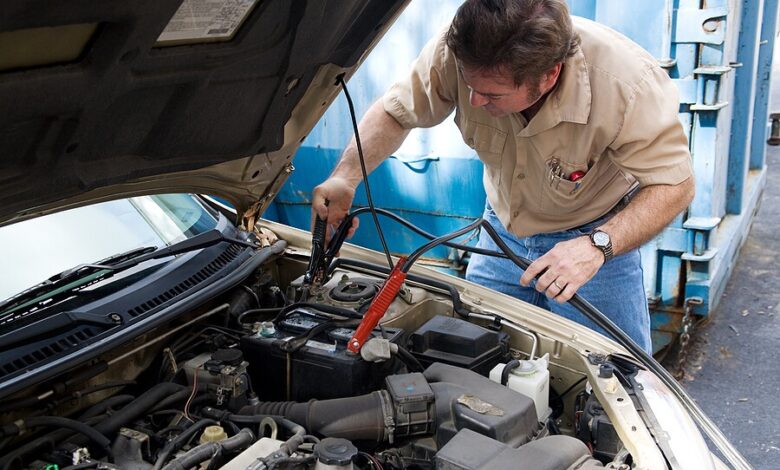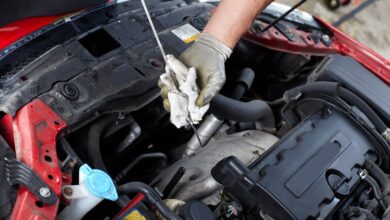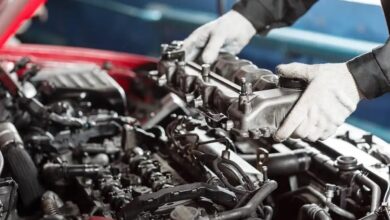Essential Auto Repair Tips for New Drivers in Sioux Falls, SD

New drivers must grasp auto care basics to keep their cars running well and lasting long. Regular maintenance keeps the car operating smoothly and reduces the risk of costly repairs or unexpected breakdowns. This course covers the most crucial car maintenance subjects every driver, regardless of expertise, should know.
Frequently Scheduled Oil Changes
For individuals looking for Auto Repair in Sioux Falls, SD, regular engine oil changes are essential maintenance tasks. Oil lubrication of the working parts keeps the engine from wearing out and guarantees smooth operation. The likelihood of engine harm rises as oil deteriorates and loses its efficiency over time. The suggested oil change frequency, which is usually every 3,000–5,000 miles, can be found in the owner’s manual of a new car. It’s critical to follow the manufacturer’s recommendations and use the appropriate oil type, whether conventional or synthetic.
Checking and Changing Fluids
Besides engine oil, other fluids must be checked and supplied regularly. Different car parts need coolant, brake, power steering, and gearbox fluid. Coolant keeps the engine cool while brake fluid keeps the brakes working. Transmission fluid keeps the gearbox running smoothly, while power steering fluid makes steering easier. New drivers should learn where these fluids are, how to check them, add extra, and replace them according to the manufacturer’s instructions.
Tire Care
Take care of your tires to conserve gas and drive safely. New drivers should check tire pressure regularly to avoid uneven wear and grip. The owner’s handbook or driver’s side door placard usually lists the recommended tire pressure. Changing tires every 6,000–8,000 miles evens out wear and extends their lifespan. Check the tires’ treads often and replace them as needed, especially in bad weather, to maintain road grip.
Caring For Batteries
Reliable car operation requires a well-maintained battery. New drivers should frequently check battery connections for corrosion to avoid starting problems. Clean ports with baking soda and water to prevent this. Make sure the battery is firmly fastened and check its charge periodically, especially before long excursions. Three to five years is typical for automotive batteries. You can avoid bothersome issues by knowing the battery’s age and replacing it when needed.
Brake Maintenance
One of the most crucial automotive safety features is the brakes. New drivers should watch for brake issues including squeaking, grinding, or a soft stop pedal. Regular maintenance includes checking brake fluid and brake discs and pads for wear.
Conclusion
Basic vehicle maintenance goes beyond running an automobile. It saves money, improves car safety, and conserves resources. New drivers can maintain their cars safe and reliable by learning and executing these repairs. Changing the air filter, checking the fluids, maintaining the tires and battery, testing the brake system, checking the lights, and maintaining the windshield wipers are simple yet effective ways to maintain your car. These habits will improve driving and car life.



